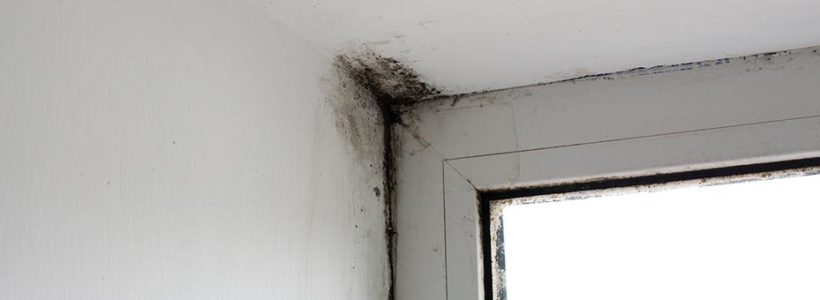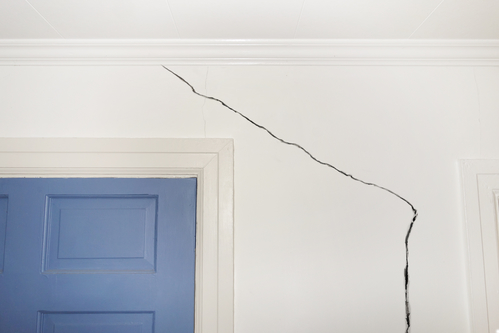Find and Repair a Water Stain on Walls: Step-by-step Handbook
Find and Repair a Water Stain on Walls: Step-by-step Handbook
Blog Article
The author is making a few great annotation regarding How to Find and Repair Water Leaking in the Wall overall in this content directly below.

Water stains on wall surfaces are not enjoyable to the eyes. Sometimes it appears almost inescapable to experience water stains on wall surfaces in homes.
House owners living in humid areas constantly take care of the fear of water spots on wall surfaces. However that does not have to hold true for you. With well-rounded as well as accurate information on the causes of water spots and timely fixing processes, you will certainly constantly be an action ahead of such occurrences. So, this post assures to be a valuable guide for you.
3 Typical Sources Of Water Stains on Walls
Contrary to common belief, water discolorations on walls do not always come from bad structure materials. There are several reasons for water spots on walls. These include:
Poor Drain
When making a building plan, it is important to make certain adequate drainage. This will certainly prevent water from permeating right into the wall surfaces. Where the water drainage system is clogged or nonexistent, below ground dampness accumulates. This web links to too much moisture that you see on the walls of your building.
The leading reason of damp walls, in this case, can be an inadequate water drainage system. It can additionally be because of poor monitoring of sewer pipes that run through the structure.
Wet
When warm damp air meets completely dry cool air, it creates water beads to form on the walls of structures. When there is steam from food preparation or showers, this takes place in bathrooms and also kitchen areas. The water droplets can discolor the surrounding walls in these parts of your home and also spread to various other areas.
Damp or condensation affects the roof covering and walls of buildings. When the wall surface is wet, it produces a suitable setting for the growth of fungis and microbes.
Pipe Leaks
Many homes have a network of pipes within the wall surfaces. This ensures that the pipelines are faraway from the reach of harmful rats. It constantly increases the feasibility of such pipelines, as there is little oxygen within the walls. This dissuades corrosion.
A drawback to this is that water leak influences the walls of the building as well as creates prevalent damages. An indication of defective pipelines is the look of a water tarnish on the wall surface.
Water Stains on Wall: Repair Work Tips
When dealing with water stains, property owners would normally desire a fast repair. They would soon realize this is counterproductive as the water stains recur. Below are a couple of handy pointers that will certainly assist you in the fixing of water discolorations on wall surfaces:
Pro Suggestion
A houseplant in your home additionally raises its humidity. If the home is currently humid, you might want to present houseplants with very little transpiration. An instance of appropriate houseplants is succulents.
Verdict
No one desires to have water spots on wall surfaces in their house, it can take place to the best of us. This post offers you leverage, as you currently understand just how to handle this problem if it does take place.
It is always best to recruit expert solutions to aid deal with the problems in your house.
In some cases it seems practically unpreventable to experience water stains on wall surfaces in houses.
Contrary to preferred belief, water spots on walls do not constantly stem from poor structure materials. There are a number of reasons of water discolorations on wall surfaces. The water droplets can discolor the bordering walls in these components of your home and also spread to various other locations.
Below are a couple of handy tips that will guide you in the repair service of water stains on walls:
CHECKING FOR WATER DAMAGE
Water damage can be costly, and it may begin before you even notice the first signs of trouble. Water damage can cause mold and mildew in your walls and floors, which can create an abundance of health concerns for your family. It can also lead to costly repairs of various appliances and general home fixtures. To avoid the pricey consequences of water damage, here are Warner Service’s top 5 places you should check:
The walls – The easiest place to spot the beginnings of water damage is on the walls and ceilings of your home. If water damage is present, there will most likely be water stains, especially around the windows and doorframes, and/or cracks in the drywall. If a stain looks unusual (discolored to brown, black or gray, raised texture), has a swollen appearance or is soft to the touch, contact a professional immediately. The pipes – To avoid water damage, consistently check the pipes in your kitchen (especially the dishwasher and ice maker), bathrooms, laundry room (specifically washing machines) and basement for corrosion, leaks and water stains. Pay special attention to where the pipes connect in your home and the location of caulking around the bathroom fixtures, including toilets, sinks, showers and tubs. Missing or loose caulking and grout could be signs of leaking water. This seepage can also quickly cause mold and rust, so double check your water heater and tank for wet spots on the floor. The floor – Water damage is very easy to spot on the floor. Look for any warping or buckling of the material, especially in the basement. If your home has wood flooring, look for bright white or dark stains. If your home has carpeting, keep it dry and clean. A damp carpet that smells of mold could cause water damage and health problems. To avoid this, consider installing floor pans under your appliances to help prevent damages from small, slow and undetected leaks. The basement and attic – If your basement or attic smells odd check for mold and mildew around the area, especially the valley where the roof meets. While you are inspecting those areas, check for wall cracks, floor stains, rust and dampness in the insulation. If you live in a colder and/or rainier climate, perform routine checks for water damage from melting snow or ice and rain. The exterior – Check the roof for damaged flashing and missing, cracked or curled shingles. There should also be no standing water anywhere outside your home. This could be caused by puddles, leaky rain gutters or hoses, poor drainage, or short gutter spouts. Invest in a sump pump system or water flow monitoring system, and perform routine maintenance on these outdoor appliances to avoid indoor water damage.

We had been guided to that report on Indicators of Water Damage Behind Walls through an acquaintance on another web blog. I beg you set aside a second to share this write-up if you appreciated it. Thanks for taking the time to read it.
Best in emergency plumbing services. Report this page